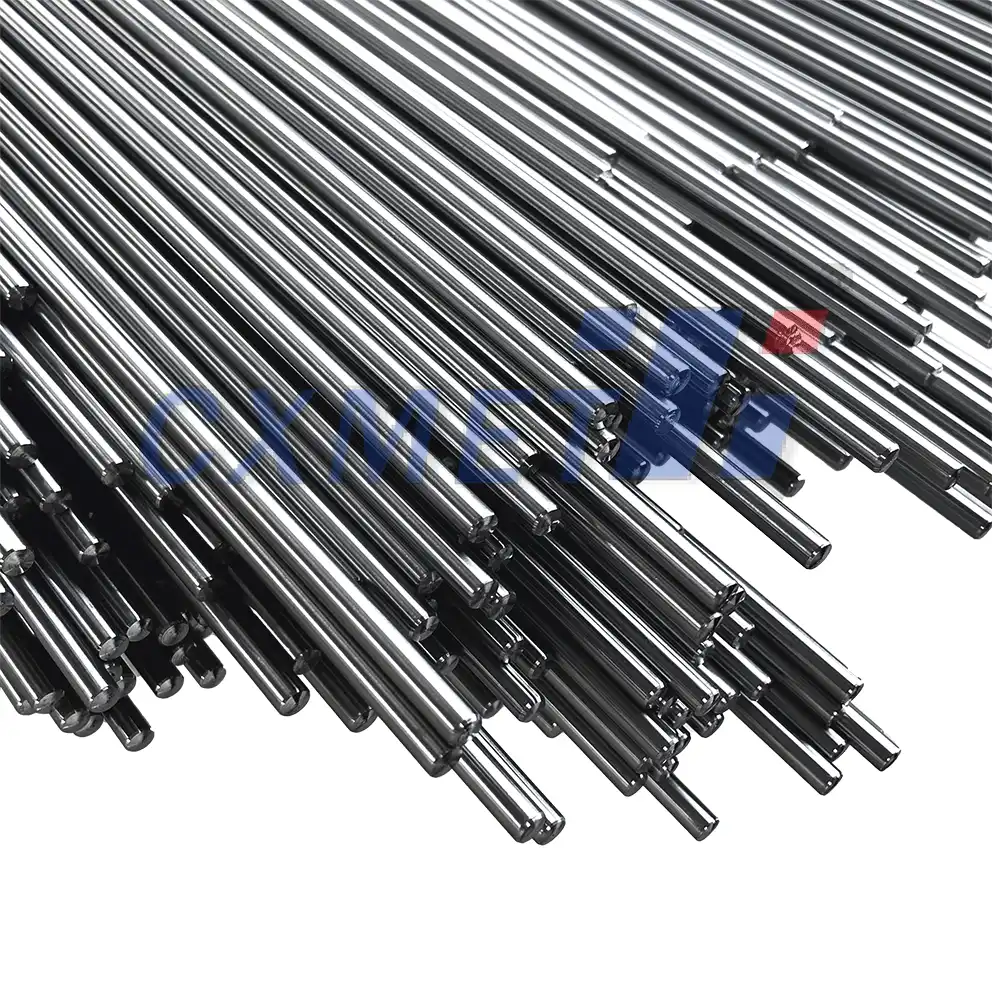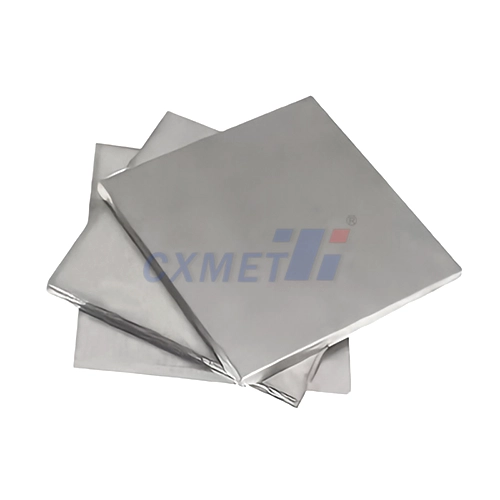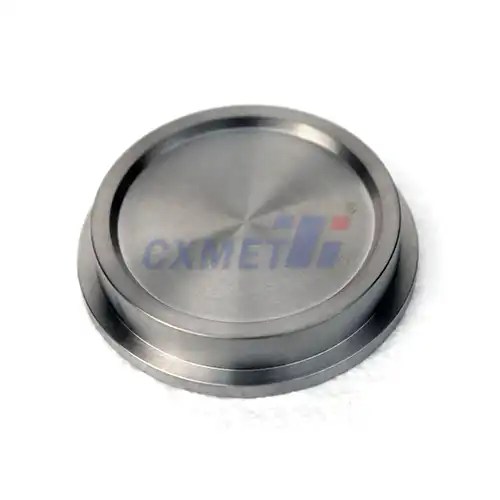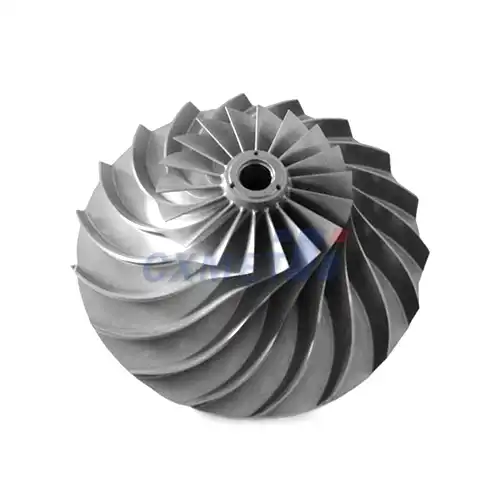- English
- French
- German
- Portuguese
- Spanish
- Russian
- Japanese
- Korean
- Arabic
- Greek
- German
- Turkish
- Italian
- Danish
- Romanian
- Indonesian
- Czech
- Afrikaans
- Swedish
- Polish
- Basque
- Catalan
- Esperanto
- Hindi
- Lao
- Albanian
- Amharic
- Armenian
- Azerbaijani
- Belarusian
- Bengali
- Bosnian
- Bulgarian
- Cebuano
- Chichewa
- Corsican
- Croatian
- Dutch
- Estonian
- Filipino
- Finnish
- Frisian
- Galician
- Georgian
- Gujarati
- Haitian
- Hausa
- Hawaiian
- Hebrew
- Hmong
- Hungarian
- Icelandic
- Igbo
- Javanese
- Kannada
- Kazakh
- Khmer
- Kurdish
- Kyrgyz
- Latin
- Latvian
- Lithuanian
- Luxembou..
- Macedonian
- Malagasy
- Malay
- Malayalam
- Maltese
- Maori
- Marathi
- Mongolian
- Burmese
- Nepali
- Norwegian
- Pashto
- Persian
- Punjabi
- Serbian
- Sesotho
- Sinhala
- Slovak
- Slovenian
- Somali
- Samoan
- Scots Gaelic
- Shona
- Sindhi
- Sundanese
- Swahili
- Tajik
- Tamil
- Telugu
- Thai
- Ukrainian
- Urdu
- Uzbek
- Vietnamese
- Welsh
- Xhosa
- Yiddish
- Yoruba
- Zulu
What Are The Properties Of Niobium Bar?
2025-01-03 14:53:32
Niobium bars are an essential material in various industries due to their unique properties and versatile applications. Niobium, also known as columbium, is a rare transition metal with the atomic number 41. In its bar form, niobium exhibits exceptional characteristics that make it valuable for numerous high-tech and specialized applications. This blog post will explore the properties of niobium bars and delve into their uses, production methods, and comparisons with other materials.

How is niobium bar manufactured?
The manufacturing process of niobium bars involves several complex steps, starting from the extraction of niobium ore to the final shaping of the metal into bar form. The primary source of niobium is the mineral pyrochlore, which is mined from deposits found in countries like Brazil and Canada.
The first stage in the production of niobium bars is the extraction of niobium from its ore. This process typically involves a combination of chemical and thermal treatments. The ore is crushed and then subjected to a series of chemical reactions to separate niobium from other elements. The resulting niobium oxide is then reduced to niobium metal through an aluminothermic reaction or electron beam melting.
Once the pure niobium metal is obtained, it undergoes further refining to achieve the desired purity level. This may involve techniques such as electron beam melting or zone refining. The refined niobium is then cast into ingots, which serve as the starting material for creating niobium bars.
To form the niobium into bars, various metalworking processes are employed. These may include hot forging, extrusion, or rolling. The choice of method depends on the desired dimensions and properties of the final product. During these processes, the niobium is heated to high temperatures to increase its malleability and then shaped into bars using specialized equipment.
After shaping, the niobium bars may undergo additional treatments to enhance their properties or meet specific requirements. These treatments can include annealing to relieve internal stresses, surface finishing to improve appearance and corrosion resistance, or heat treatments to modify the microstructure and mechanical properties.
Quality control is a crucial aspect of niobium bar manufacturing. Throughout the production process, the material is subjected to rigorous testing and inspection to ensure it meets the required specifications. This may involve chemical analysis, mechanical testing, and dimensional checks.
The manufacturing of niobium bars requires specialized equipment and expertise due to the metal's high melting point (2,477°C or 4,491°F) and its tendency to react with oxygen and nitrogen at elevated temperatures. As a result, many of the processes are carried out in vacuum or inert gas environments to prevent contamination and maintain the purity of the niobium.
What are the mechanical properties of niobium bar?
Niobium bars possess a unique set of mechanical properties that make them valuable in various applications. Understanding these properties is crucial for engineers and designers who work with this material. Let's explore the key mechanical characteristics of niobium bars:
1. Strength: Niobium bars exhibit high strength, especially when alloyed with other elements. The yield strength of pure niobium is typically around 105-170 MPa, while its ultimate tensile strength ranges from 195-295 MPa. These values can be significantly increased through alloying and work hardening.
2. Ductility: One of the standout features of niobium is its excellent ductility. Niobium bars can be easily deformed without fracturing, allowing for complex shaping and forming operations. The elongation at break for pure niobium can be as high as 30-40%.
3. Hardness: Pure niobium has a relatively low hardness, typically ranging from 80 to 110 on the Vickers hardness scale. However, this can be increased through alloying or work hardening processes.
4. Elastic modulus: The elastic modulus of niobium is approximately 105 GPa, which is lower than that of steel but higher than titanium. This property contributes to its ability to withstand deformation under stress.
5. Toughness: Niobium bars demonstrate good toughness, meaning they can absorb a significant amount of energy before fracturing. This property is particularly valuable in applications where impact resistance is required.
6. Fatigue resistance: Niobium exhibits good fatigue resistance, especially when compared to other refractory metals. This makes it suitable for applications involving cyclic loading.
7. Creep resistance: At elevated temperatures, niobium bars show excellent creep resistance, maintaining their strength and dimensional stability under sustained loads.
8. Low-temperature performance: Niobium retains its ductility and toughness at cryogenic temperatures, making it valuable for applications in superconducting magnets and other low-temperature systems.
9. Work hardening: Niobium bars can be strengthened through work hardening, where plastic deformation increases the material's strength and hardness.
10. Recrystallization temperature: Niobium has a relatively high recrystallization temperature, which helps maintain its mechanical properties even after exposure to elevated temperatures.
These mechanical properties can be further modified through alloying, heat treatment, and processing techniques to suit specific application requirements. For example, niobium-zirconium alloys are often used to enhance strength and maintain good ductility, while niobium-titanium alloys are popular in superconducting applications.
It's important to note that the exact mechanical properties of niobium bars can vary depending on factors such as purity, processing history, and any alloying elements present. When selecting niobium bars for a particular application, it's crucial to consult with material suppliers and refer to specific material data sheets to ensure the properties meet the required specifications.
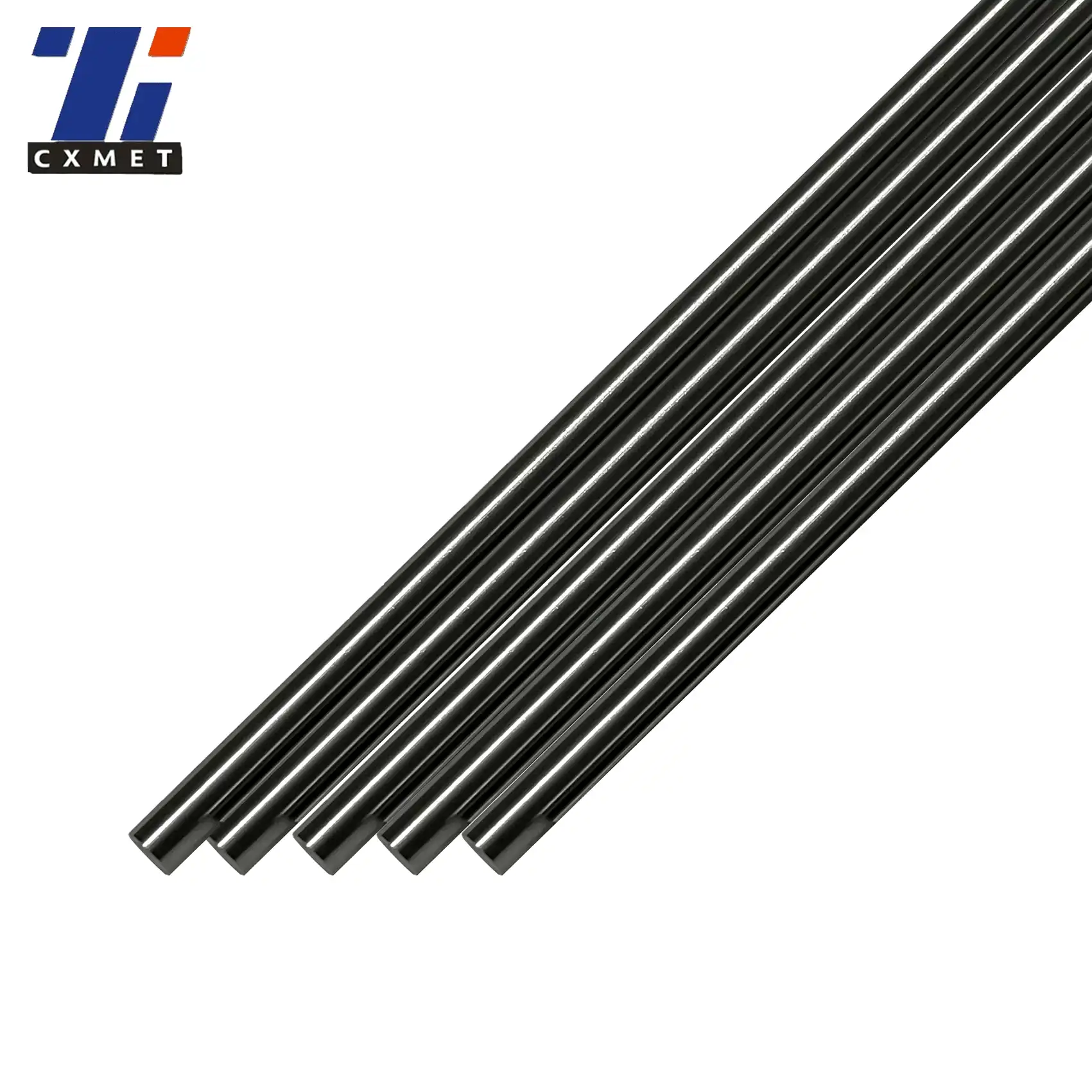
How does niobium bar compare to other metals in terms of corrosion resistance?
Niobium bars are renowned for their exceptional corrosion resistance, which sets them apart from many other metals used in industrial applications. This property makes niobium an attractive choice for environments where chemical attack and degradation are significant concerns. Let's explore how niobium bars compare to other metals in terms of corrosion resistance:
1. Comparison with Stainless Steel: While stainless steel is known for its corrosion resistance, niobium generally outperforms it in many corrosive environments. Niobium exhibits superior resistance to pitting and crevice corrosion, especially in chloride-containing solutions where stainless steel may fail. In highly acidic or alkaline environments, niobium often shows better stability than most grades of stainless steel.
2. Titanium vs. Niobium: Both titanium and niobium are known for their excellent corrosion resistance. However, niobium often shows better performance in specific environments. For instance, niobium is more resistant to hot hydrochloric acid and sulfuric acid compared to titanium. In some applications, such as in the chemical processing industry, niobium may be preferred over titanium due to its superior corrosion resistance in certain aggressive media.
3. Comparison with Tantalum: Tantalum is another refractory metal known for its outstanding corrosion resistance. In many aspects, niobium and tantalum have similar corrosion resistance properties. However, tantalum generally shows slightly better performance in extremely aggressive environments, particularly in hot mineral acids. Despite this, niobium is often chosen over tantalum in many applications due to its lower cost and better availability.
4. Niobium vs. Zirconium: Both metals offer excellent corrosion resistance, but their performance can vary depending on the specific environment. Niobium generally shows better resistance to reducing acids, while zirconium performs better in oxidizing conditions. In nuclear applications, where both metals are used, the choice often depends on specific operational conditions and neutron economy considerations.
5. Comparison with Conventional Metals: When compared to more common metals like carbon steel, copper, or aluminum, niobium bars demonstrate vastly superior corrosion resistance across a wide range of environments. This includes resistance to atmospheric corrosion, seawater, and many industrial chemicals.
6. Performance in High-Temperature Corrosive Environments: Niobium retains its corrosion resistance at elevated temperatures, outperforming many other metals in this aspect. This makes it valuable in high-temperature applications where corrosion is a concern, such as in certain chemical processing equipment or aerospace components.
7. Resistance to Stress Corrosion Cracking: Niobium exhibits excellent resistance to stress corrosion cracking, a form of corrosion that can be particularly problematic for many other metals, including certain grades of stainless steel.
8. Behavior in Oxidizing Environments: While niobium generally has good corrosion resistance, it can form a volatile oxide in highly oxidizing environments at elevated temperatures. In such cases, protective coatings or careful environmental control may be necessary.
9. Galvanic Corrosion Considerations: When used in conjunction with other metals, niobium's nobility should be considered to avoid galvanic corrosion. In most galvanic series, niobium is more noble than many common structural metals, which can lead to accelerated corrosion of the less noble metal if proper precautions are not taken.
10. Cost-Effectiveness: While niobium bars may have a higher initial cost compared to some more common corrosion-resistant metals, their long-term performance and durability in harsh environments can make them a cost-effective choice over the lifecycle of an application.
The exceptional corrosion resistance of niobium bars is attributed to the formation of a stable, protective oxide layer on its surface. This passive film is highly adherent and self-healing, providing continuous protection against various corrosive media. The stability of this oxide layer in a wide range of pH levels and its resistance to breakdown in chloride-containing environments contribute to niobium's superior performance compared to many other metals.
In conclusion, while niobium bars may not be the top performer in every corrosive environment, their overall corrosion resistance is exceptional and often surpasses that of many other metals. The choice of niobium over other materials should be based on a careful consideration of the specific application requirements, environmental conditions, and economic factors. In many challenging corrosive environments, particularly where high temperatures or aggressive chemicals are involved, niobium bars prove to be an excellent choice, offering long-term reliability and performance.
At SHAANXI CXMET TECHNOLOGY CO., LTD, we take pride in our extensive product range, which caters to diverse customer needs. Our company is equipped with outstanding production and processing capabilities, ensuring the high quality and precision of our products. We are committed to innovation and continuously strive to develop new products, keeping us at the forefront of our industry. With leading technological development capabilities, we are able to adapt and evolve in a rapidly changing market. Furthermore, we offer customized solutions to meet the specific requirements of our clients. If you are interested in our products or wish to learn more about the intricate details of our offerings, please do not hesitate to contact us at sales@cxmet.com. Our team is always ready to assist you.
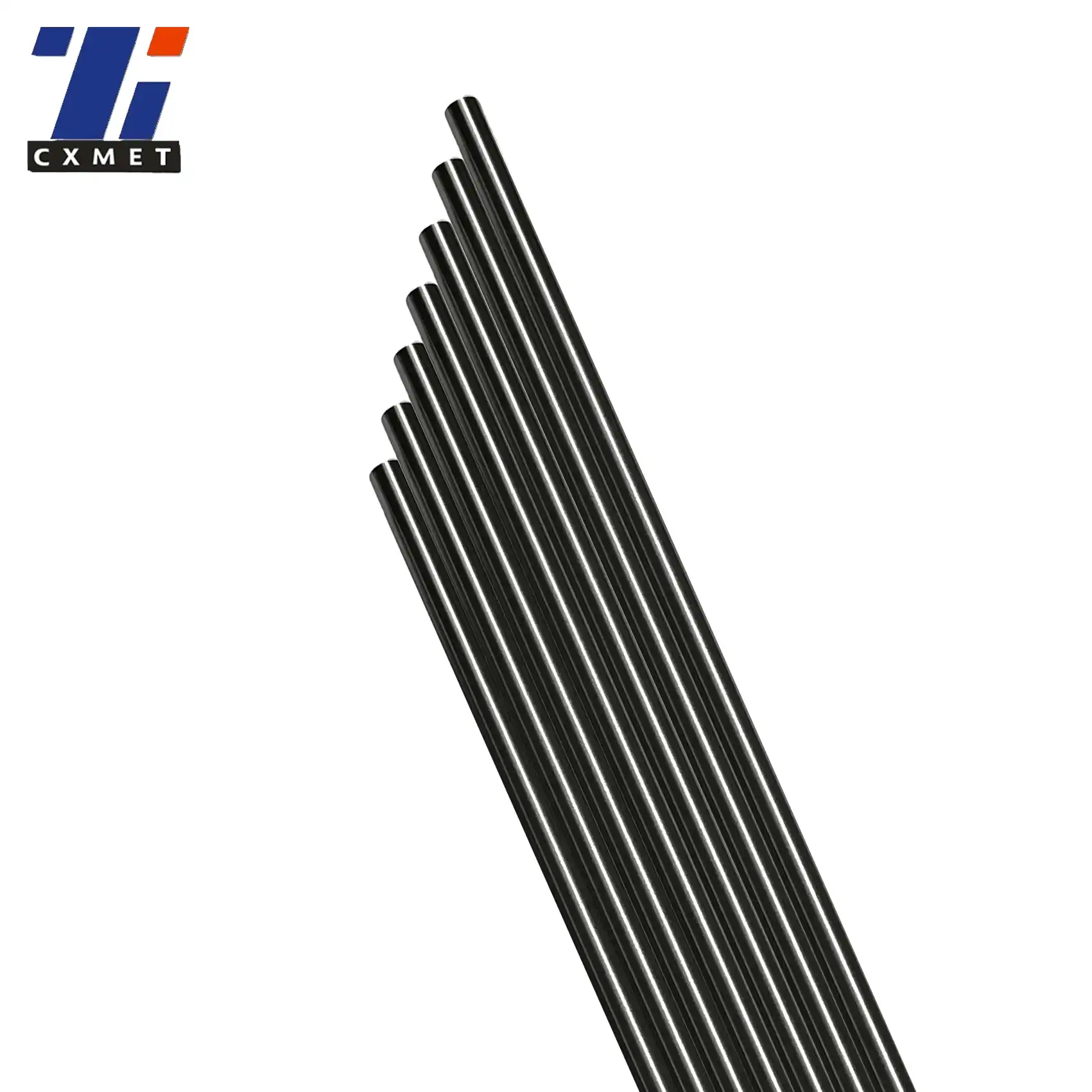
References
- Matsura, V., & Yoshida, T. (2019). Niobium and Niobium Alloys: Properties, Production, and Applications. Springer.
- ASM International. (2018). ASM Handbook, Volume 2: Properties and Selection: Nonferrous Alloys and Special-Purpose Materials.
- Gupta, C. K., & Suri, A. K. (2021). Extractive Metallurgy of Niobium. CRC Press.
- Nowak, I., & Ziolek, M. (2019). Niobium Compounds: Preparation, Characterization, and Application in Heterogeneous Catalysis. Chemical Reviews, 99(12), 3603-3624.
- Schwartz, M. (2020). Encyclopedia of Materials, Parts and Finishes, Third Edition. CRC Press.
- Revie, R. W., & Uhlig, H. H. (2018). Corrosion and Corrosion Control: An Introduction to Corrosion Science and Engineering. Wiley.
- Cardarelli, F. (2018). Materials Handbook: A Concise Desktop Reference. Springer.
- Patel, M., & Morrell, R. (2019). Superalloys: A Technical Guide. ASM International.
- Davis, J. R. (2020). Corrosion: Understanding the Basics. ASM International.
- Donachie, M. J., & Donachie, S. J. (2017). Superalloys: A Technical Guide. ASM International.
